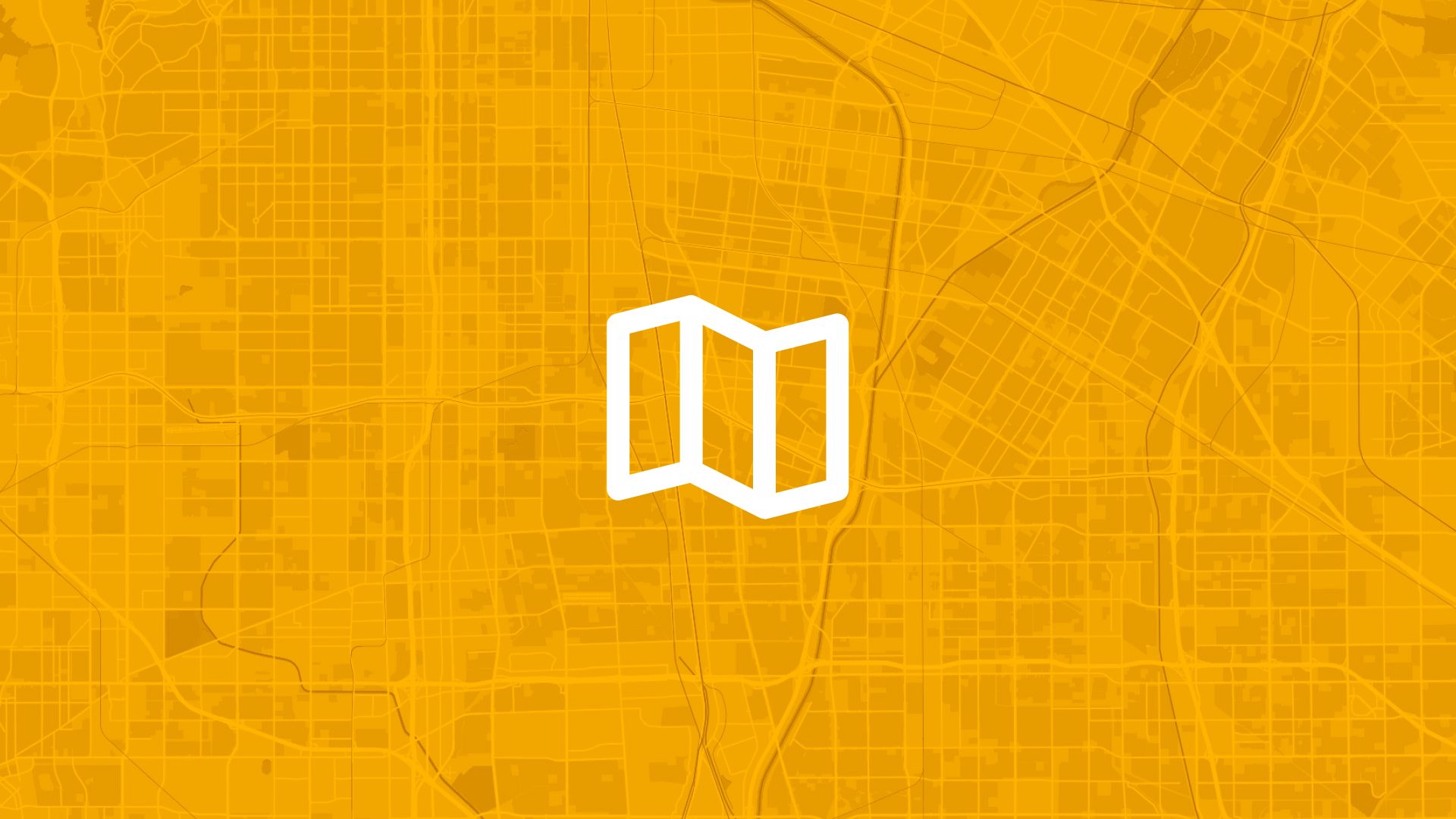One of the most effective ways to improve operational efficiency is with a clear, shared understanding of your site layout.
If you're coordinating work crews, managing safety protocols, or onboarding new team members, verbal directions and hand-drawn sketches lead to confusion, delays, and safety risks. That's why smart operations managers start every project with one question: does everyone know exactly where everything is located?
With Atlas, you can map site layout for operations teams in minutes. You don't need expensive facility management software or complex CAD systems. Everything happens visually, directly on your map.
Here's how to do it step by step.
Why Site Layout Mapping Matters
Clear site visualization eliminates confusion and enables efficient coordination between teams, contractors, and new personnel.
So mapping this isn't just documentation—it's operational safety and efficiency.
Step 1: Define Your Site Boundaries and Zones
Atlas provides multiple ways to establish your site layout framework:
- Use drawing tools to trace site perimeters and property boundaries
- Upload survey data or CAD files with existing site boundaries
- Import facility blueprints as background images for reference
- Add aerial imagery to provide real-world context for your layout
Once defined, your site boundaries provide the foundation for detailed layout mapping.
Step 2: Map Key Infrastructure and Buildings
Next, add the major structural elements that define your operational areas:
You can map:
- Buildings and structures with clear labels for each facility
- Access roads and pathways showing vehicle and pedestrian routes
- Parking areas designated for different types of vehicles or personnel
- Utility infrastructure like power lines, water mains, or gas lines
- Storage areas for materials, equipment, or waste management
This creates the basic framework that operations teams use for navigation and planning.
Step 3: Add Equipment and Asset Locations
Now you're ready to document specific equipment and operational assets:
- Use point markers to show fixed equipment locations
- Add equipment labels with asset IDs, types, and operational status
- Include mobile equipment staging areas for vehicles and portable assets
- Map maintenance stations and tool storage locations
- Document control panels, switches, and operational interfaces
This level of detail helps teams locate specific equipment quickly during operations.
Step 4: Define Safety and Operational Zones
To ensure safe and efficient operations, clearly mark different operational areas:
- Create safety zones around hazardous equipment or processes
- Mark restricted access areas requiring special clearance or PPE
- Define work zones for different teams or operational functions
- Add emergency assembly points and evacuation routes
- Include first aid stations and emergency equipment locations
Also read: Color-Code Assets by Maintenance Status
Step 5: Style Areas by Function and Priority
To make your site layout immediately understandable:
- Click on different area layers to open styling options
- Use color coding by function (production = blue, storage = yellow, safety = red)
- Apply different patterns or transparency levels for various zone types
- Add clear labels and directional indicators for navigation
- Include legends explaining colors, symbols, and area designations
This makes it easy for anyone to understand site organization at a glance.
Step 6: Create Role-Specific Views and Documentation
Now that your site layout is complete:
- Create filtered views showing only relevant areas for specific teams or roles
- Export high-resolution maps for posting in break rooms, offices, or entry points
- Generate mobile-friendly versions for field teams to reference on phones or tablets
- Share live map links that update automatically when layout changes occur
- Create orientation packets combining maps with safety and operational procedures
Export different versions optimized for different team needs and operational requirements.
Use Cases
Mapping site layout for operations teams is useful for:
- Manufacturing facilities coordinating production floor operations and safety
- Construction sites managing multiple contractors and work zones
- Warehouses optimizing logistics and material handling workflows
- Industrial plants ensuring safe operations and emergency preparedness
- Event venues coordinating setup, operations, and breakdown activities
It's one of the first steps in professional site management and operational safety.
Tips
- Include scale references and measurement tools for accurate distance planning
- Add photo documentation of key areas to help with visual recognition
- Create interactive elements like clickable equipment for detailed specifications
- Update layout changes immediately and notify teams of modifications
- Export pocket-sized versions for field personnel to carry during operations
Mapping site layout for operations teams in Atlas is comprehensive and practical.
No complex facility management software needed. Just document your site layout with clear zones and labels, and give your operations teams the visual tools they need for safe, efficient work.
Asset and Site Management with Atlas
When you manage a portfolio of sites, the challenge isn't just knowing where things are—it's keeping everything up to date, shared, and clear.
Atlas gives you a spatial layer for asset intelligence: one map for locations, inspections, boundaries, and notes.
Upload, Tag, and Visualize Sites
You can:
- Import parcels, points, or lines from your internal datasets
- Label assets by status, type, owner, or any field you choose
- Color or filter by attribute to highlight what needs attention
Also read: Draw and Label Sites for Ongoing Monitoring
Enable Field-to-Office Collaboration
Atlas lets remote teams:
- Add notes or comments on the map
- Drop points for recent site visits or findings
- Share annotated views without screenshots
That means no more spreadsheets for site status, and no more confusion over which map is current.
Manage Smarter, Not Slower
Whether you're tracking new installations, checking compliance, or prepping for reporting, Atlas keeps everything visible and centralized.
It's spatial asset management—minus the learning curve.
Boost Your Site Operations with the Right Tools
Site operations move fast. Whether you're coordinating teams, managing safety protocols, onboarding personnel, or optimizing workflows—clarity and organization matter.
Atlas gives you both.
In this article, we covered how to map site layout for operations teams, but that's just one of many things you can do with Atlas.
From facility management to safety planning, team coordination, and operational efficiency, Atlas makes complex site operations simple and visual. All from your browser. No facility management expertise needed.
So whether you're managing manufacturing sites, coordinating construction projects, or optimizing operational workflows, Atlas helps you move from "figuring it out" to "running smoothly" faster.
Sign up for free or book a walkthrough today.





